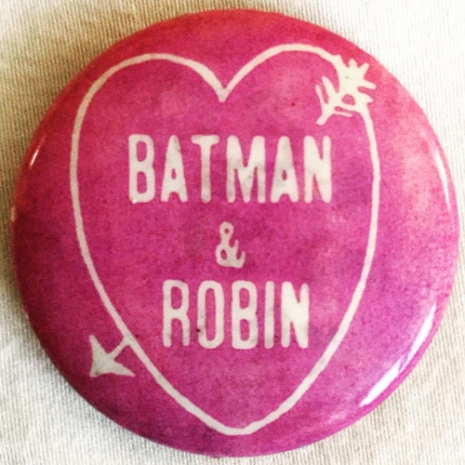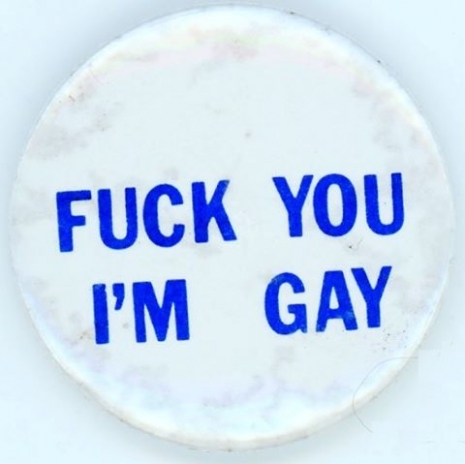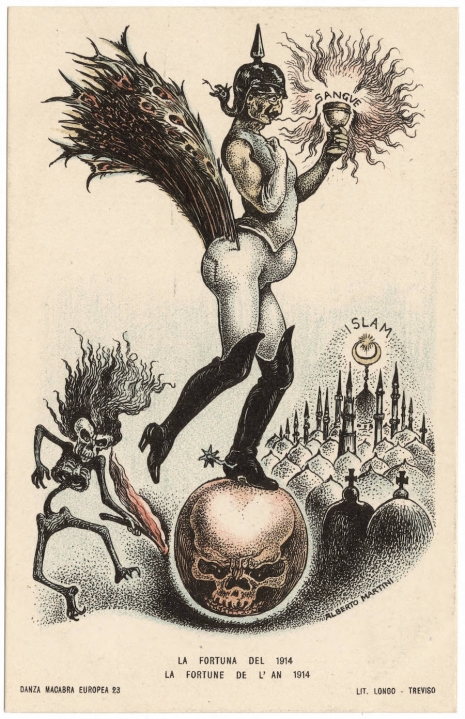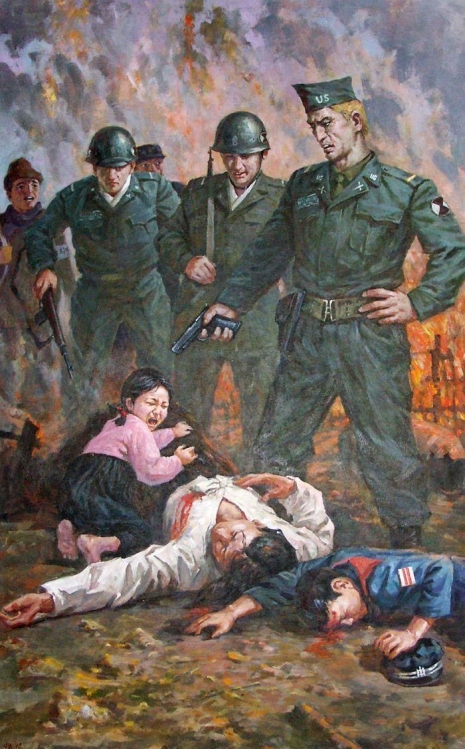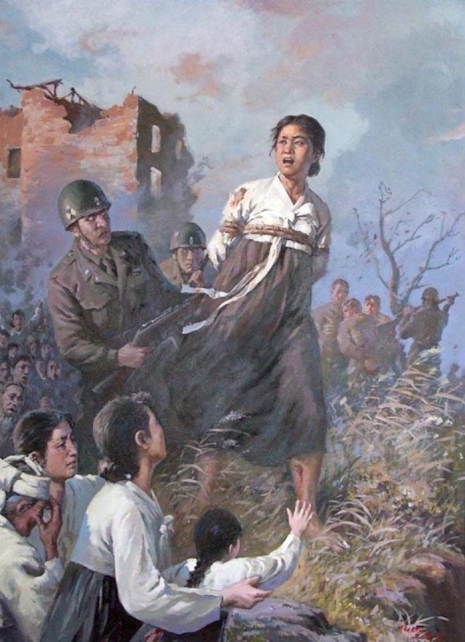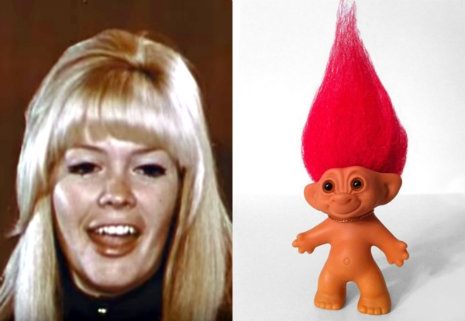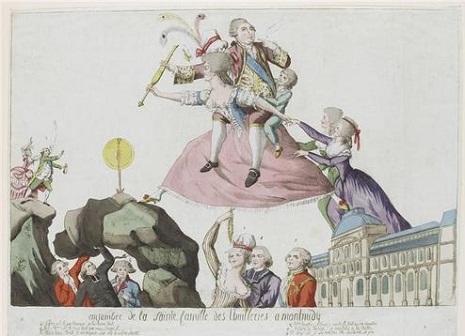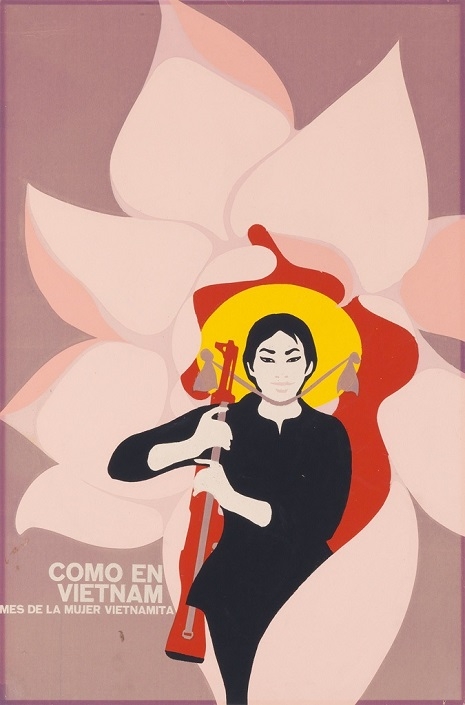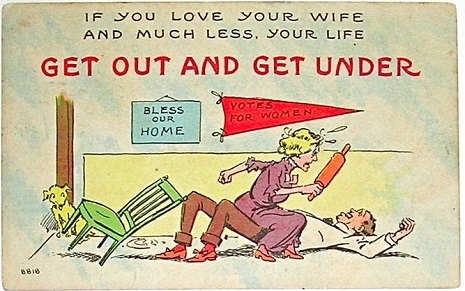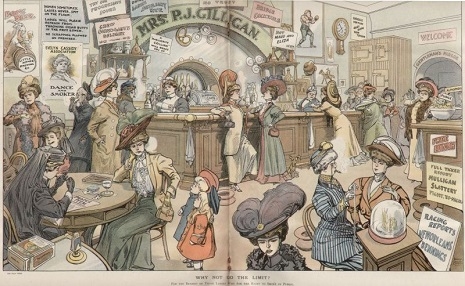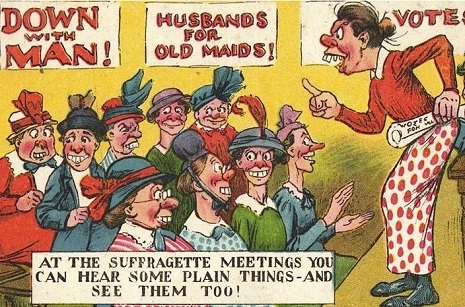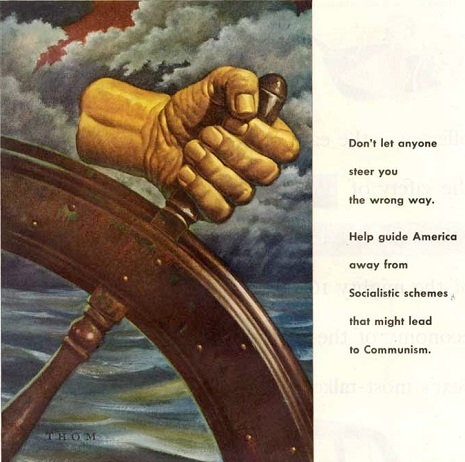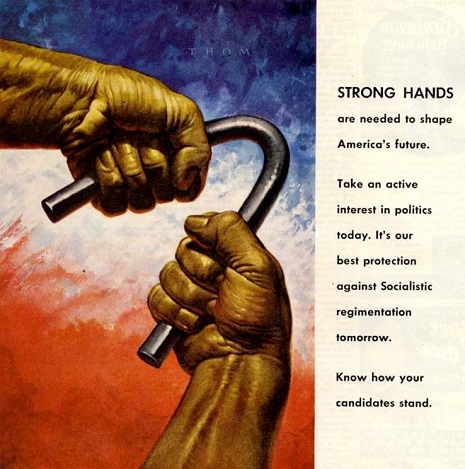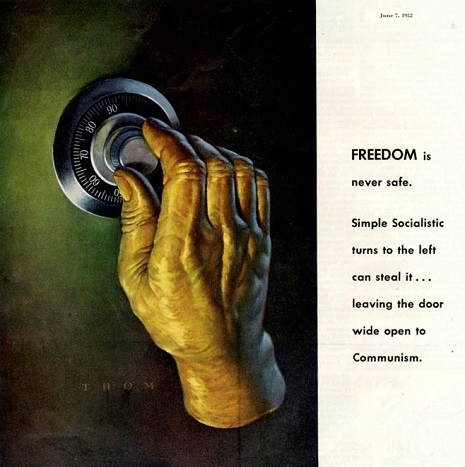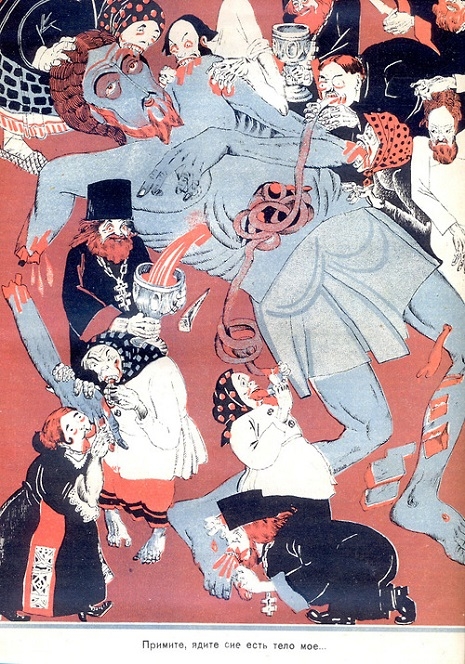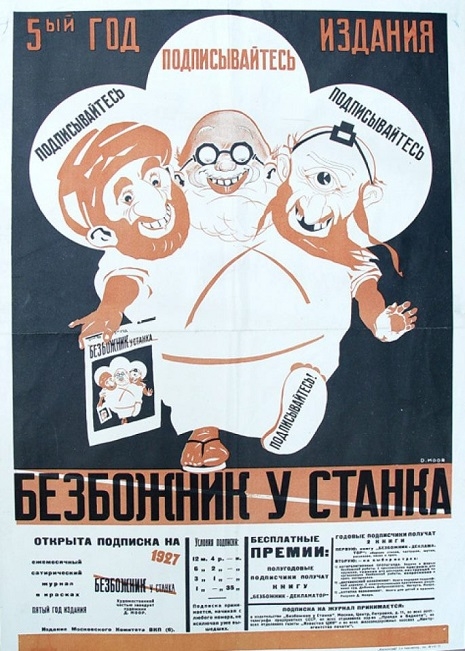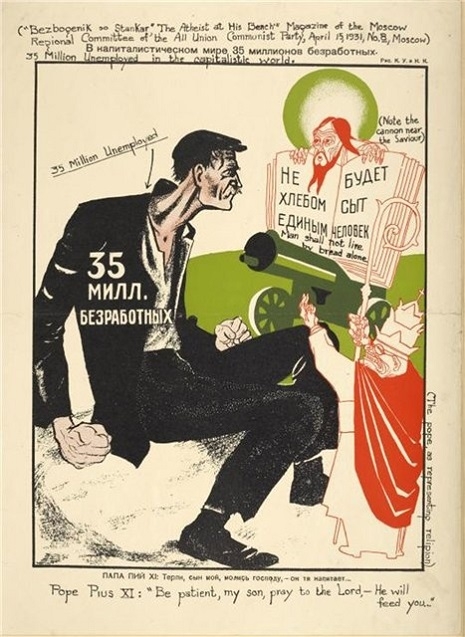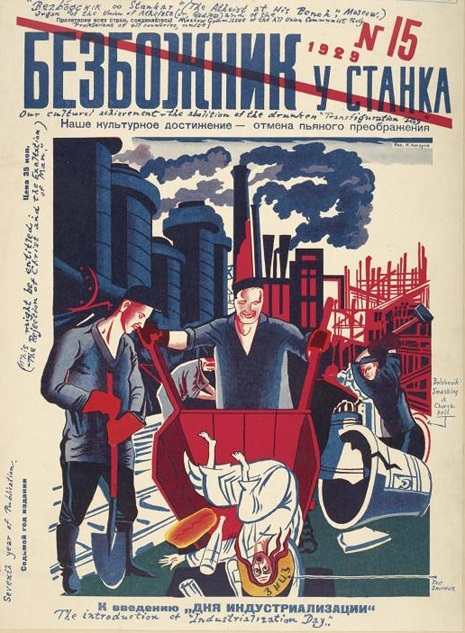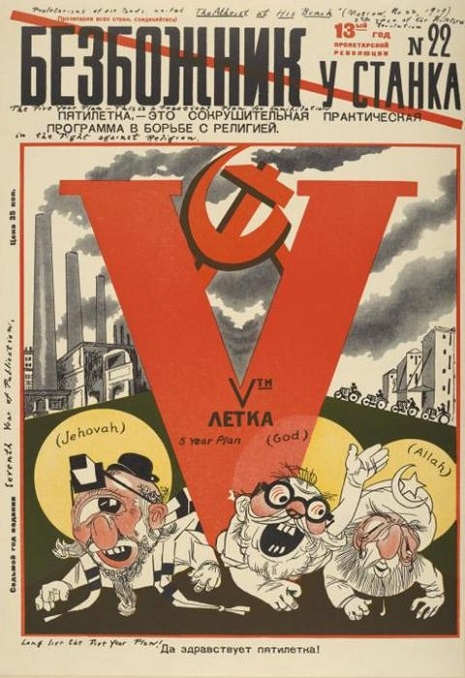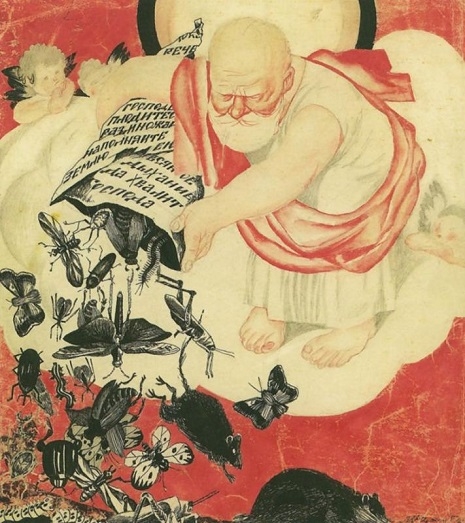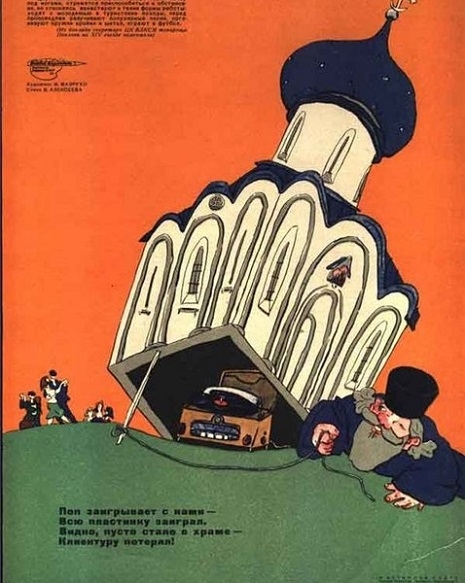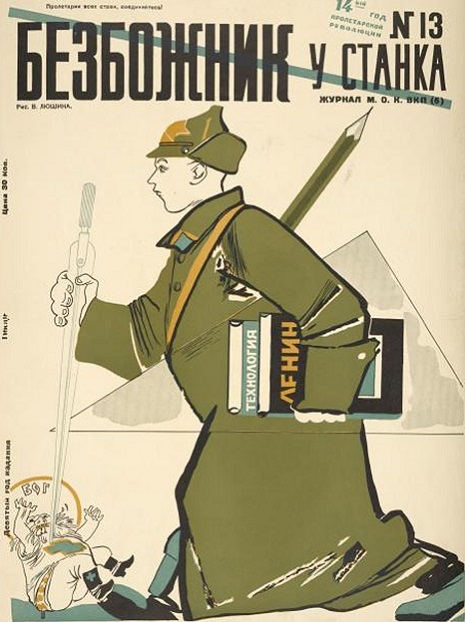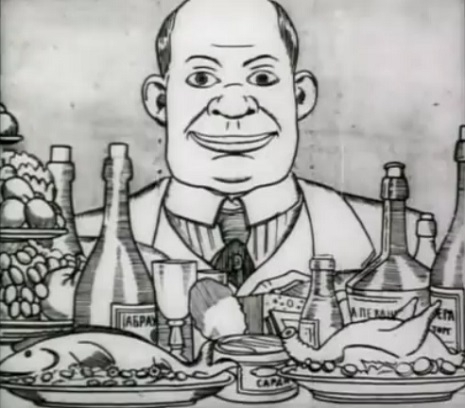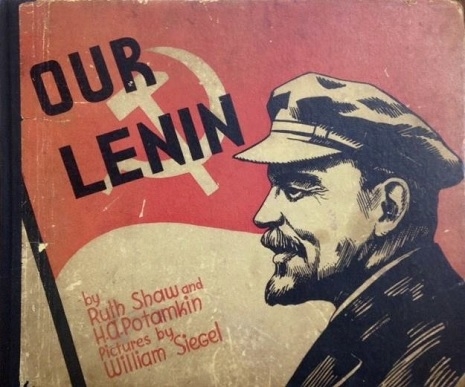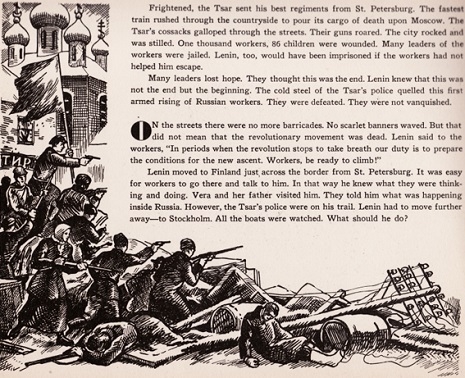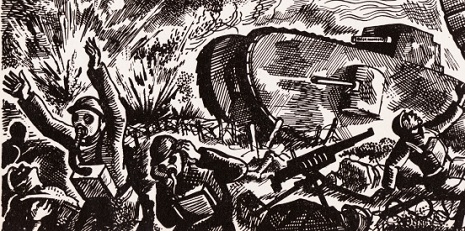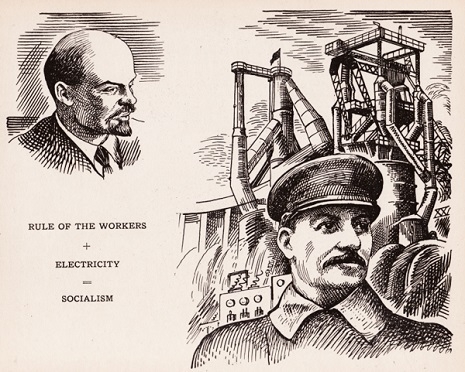
I hope you kids are all as grateful for the FOIA (Freedom of Information Act) as I am. Thanks to FOIA, we get to read, see and have access to all kinds of things that THE MAN never wanted us to see. He probably still doesn’t. But…fuck that noise, right?
Now me? I’m a poster, propaganda and advertising junkie. Most nights these days, I can be found at my film bench building reels of 16mm TV commercials, prepping them for night of film fun with friends. I also have a healthy size collection of campaign ads and weird political films on 16mm. What can I say? Somebody’s gotta do it, right?
Propaganda of all kinds peaks my interest. My book collection is rife with volumes on political ads, posters on disease prevention from the 1950s, and domestic marketing campaigns. It’s a wild time over here.
So when I discovered that the NSA (National Security Agency) had responded to the person who requested access to the motivational security posters from the ‘50s and ‘60s, well…I was pretty damn pleased. As it turns out, I had every right to be. They are massively cool. One of my fave things about these posters? How tight Santa Claus’s relationship was with the NSA. Who knew that he was in so deep with government secrets, right?? Damn, Santa! Next I’m gonna find out that Rudolph’s nose was blinking Morse code!
Now, if you want to go have a look at all the posters yourself, you can. But it’s a hefty download of approximately 140 pages that can be found here and all the posters are on one PDF. I have taken the liberty of grabbing a collection of many of what I consider to be some of the best ones. The public hasn’t seen these babies in a grip of years so you are getting a nice glimpse of how our world has changed…or hasn’t.
Enjoy! And remember folks—security is up to you!

Many more after the jump…







